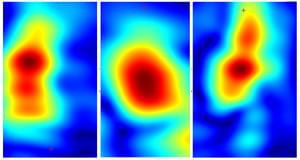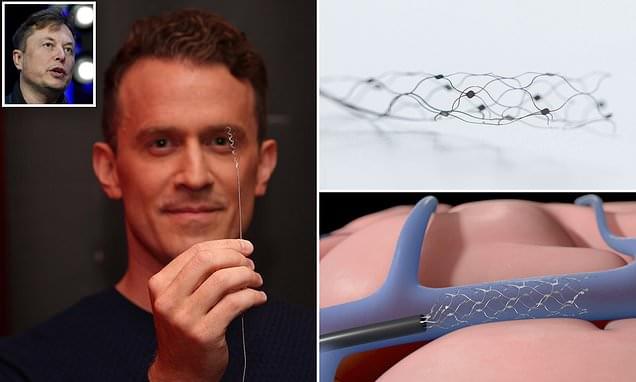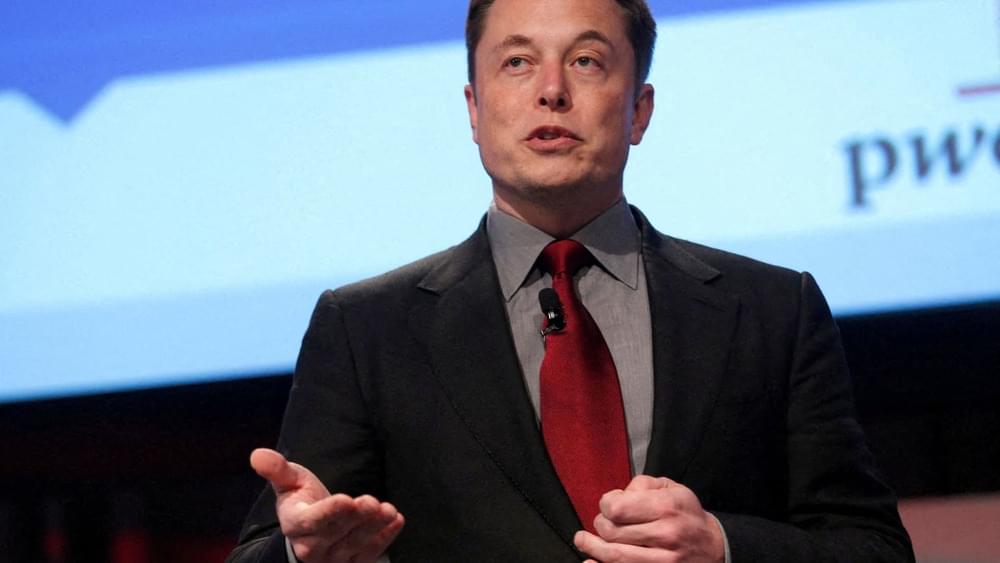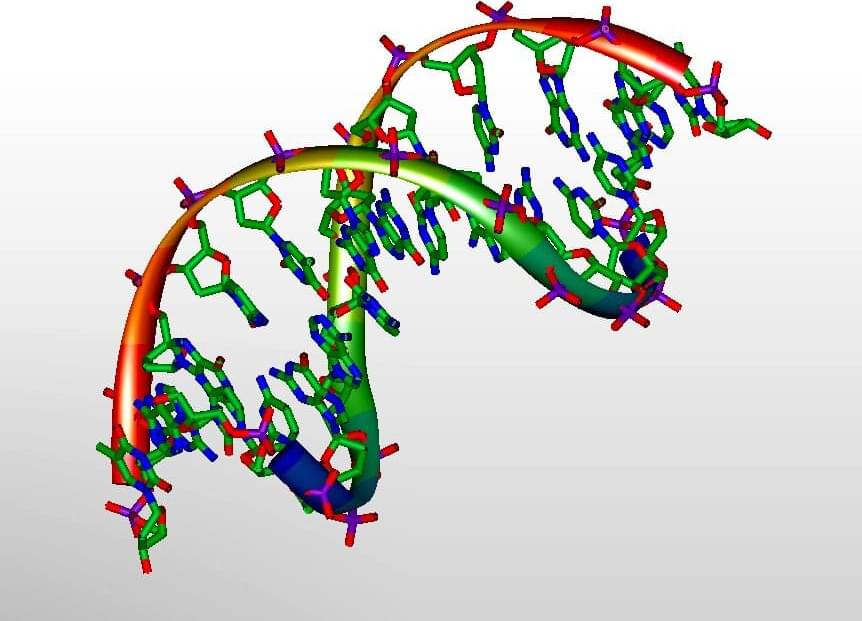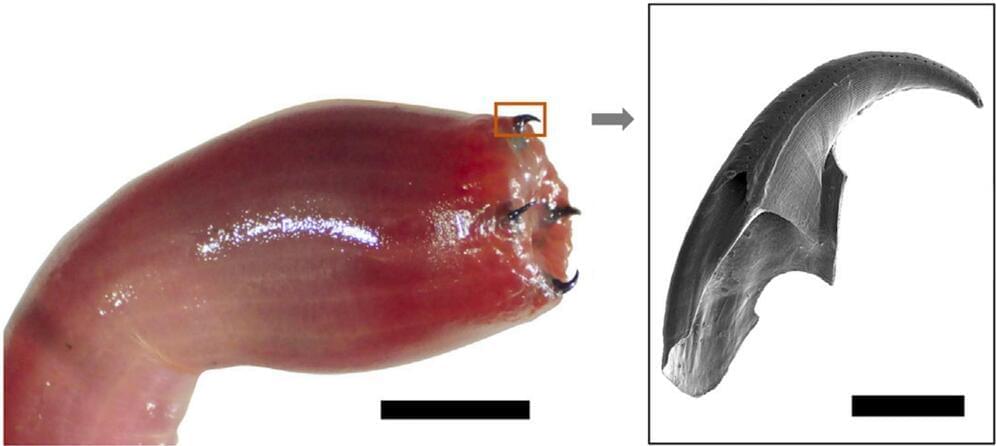CAPTCHA is broken by machine learning (ML)— does it mean machines are winning over humans due to digital transformation? This article explores whether humans can surrender to machines in the future.
Elon Musk cast Twitter’s future into uncertainty when he made a successful $44 billion bid to acquire the company last month. He will take over as temporary CEO once the deal is complete, CNBC reported Thursday morning.
While countless Musk fans, and a slight majority of Americans—59%—approve of the takeover according to recent data from The Harris Poll, some current Twitter staff worry that it will dramatically change the company’s culture, and overall direction.
It’s still unclear how a Musk-run Twitter might impact the company’s ability to retain current staff and recruit new employees. The company presented the takeover as a potential threat to its staffing abilities in an SEC filing Monday.
But at least casual interest in open positions at the company has skyrocketed since the Tesla billionaire showed serious interest in taking over the company.
On Thursday, Daniel Zhao, a senior economist and data scientist at the job insights platform Glassdoor, tweeted that interest in job openings at the social media giant was up 263% between April 24 and April 30.
NASA’s Swift Observatory Tracks Potential Magnetic Flip of Monster Black Hole A rare and enigmatic outburst from an active galaxy 236 million light-years away may have been sparked by a magnetic reversal, a spontaneous flip of the magnetic field surrounding its central black hole. In a comprehen.
A device, created at Stevens Institute of Technology, uses millimeter-wave imaging — the same technology used in airport security scanners — to scan a patient’s skin to detect if they have skin cancer. Millimeter-wave rays harmlessly penetrate about 2mm into human skin, so the team’s imaging technology provides a clear 3D map of scanned skin lesions.
A device, created at Stevens Institute of Technology, uses millimeter-wave imaging — the same technology used in airport security scanners — to scan a patient’s skin to detect if they have skin cancer. Millimeter-wave rays harmlessly penetrate about 2mm into human skin, so the team’s imaging technology provides a clear 3D map of scanned skin lesions.
Elon Musk’s Neuralink rival Synchron has begun human trials of its brain implant that lets the wearer control a computer using thought alone.
The firm’s Stentrode brain implant, about the size of a paperclip, will be implanted in six patients in New York and Pittsburgh who have severe paralysis.
Stentrode will let patients control digital devices just by thinking and give them back the ability to perform daily tasks, including texting, emailing and shopping online.
With the GPU industry finally stabilizing after two years of shortages and inflated costs, prices for graphics cards are finally approaching their MSRPs.
The team, part of Surrey’s research program in the exciting new field of quantum biology, have shown that this modification in the bonds between the DNA strands is far more prevalent than has hitherto been thought. The protons can easily jump from their usual site on one side of an energy barrier to land on the other side. If this happens just before the two strands are unzipped in the first step of the copying process, then the error can pass through the replication machinery in the cell, leading to what is called a DNA mismatch and, potentially, a mutation.
In a paper published this week in the journal Communications Physics, the Surrey team based in the Leverhulme Quantum Biology Doctoral Training Center used an approach called open quantum systems to determine the physical mechanisms that might cause the protons to jump across between the DNA strands. But, most intriguingly, it is thanks to a well-known yet almost magical quantum mechanism called tunneling—akin to a phantom passing through a solid wall—that they manage to get across.
The molecules of life, DNA, replicate with astounding precision, yet this process is not immune to mistakes and can lead to mutations. Using sophisticated computer modeling, a team of physicists and chemists at the University of Surrey have shown that such errors in copying can arise due to the strange rules of the quantum world.
The two strands of the famous DNA double helix are linked together by subatomic particles called protons—the nuclei of atoms of hydrogen—which provide the glue that bonds molecules called bases together. These so-called hydrogen bonds are like the rungs of a twisted ladder that makes up the double helix structure discovered in 1952 by James Watson and Francis Crick based on the work of Rosalind Franklin and Maurice Wilkins.
The copper fangs of these feisty marine worms could inspire future sustainable manufacturing processes.
In this video we discuss, Science Fiction book, “Children of Time” By Adrian Tchaikovsky. It’s the best book I’ve read this year by a long shot! It’s about evolution, consciousness, humanity’s future, and more! Also SPIDERS!
Music: Planet Gammu by Jamez Dahl.
Art:



